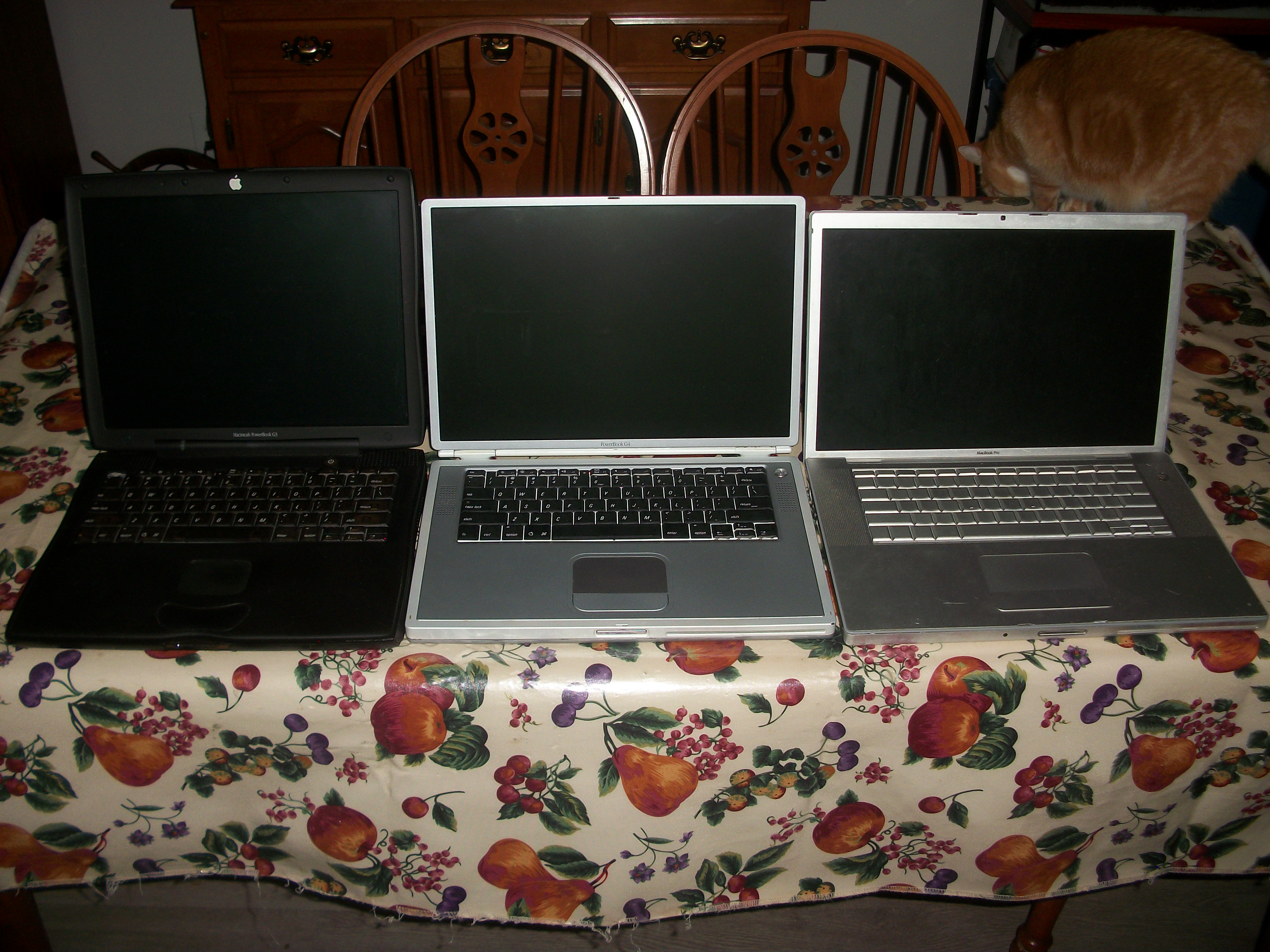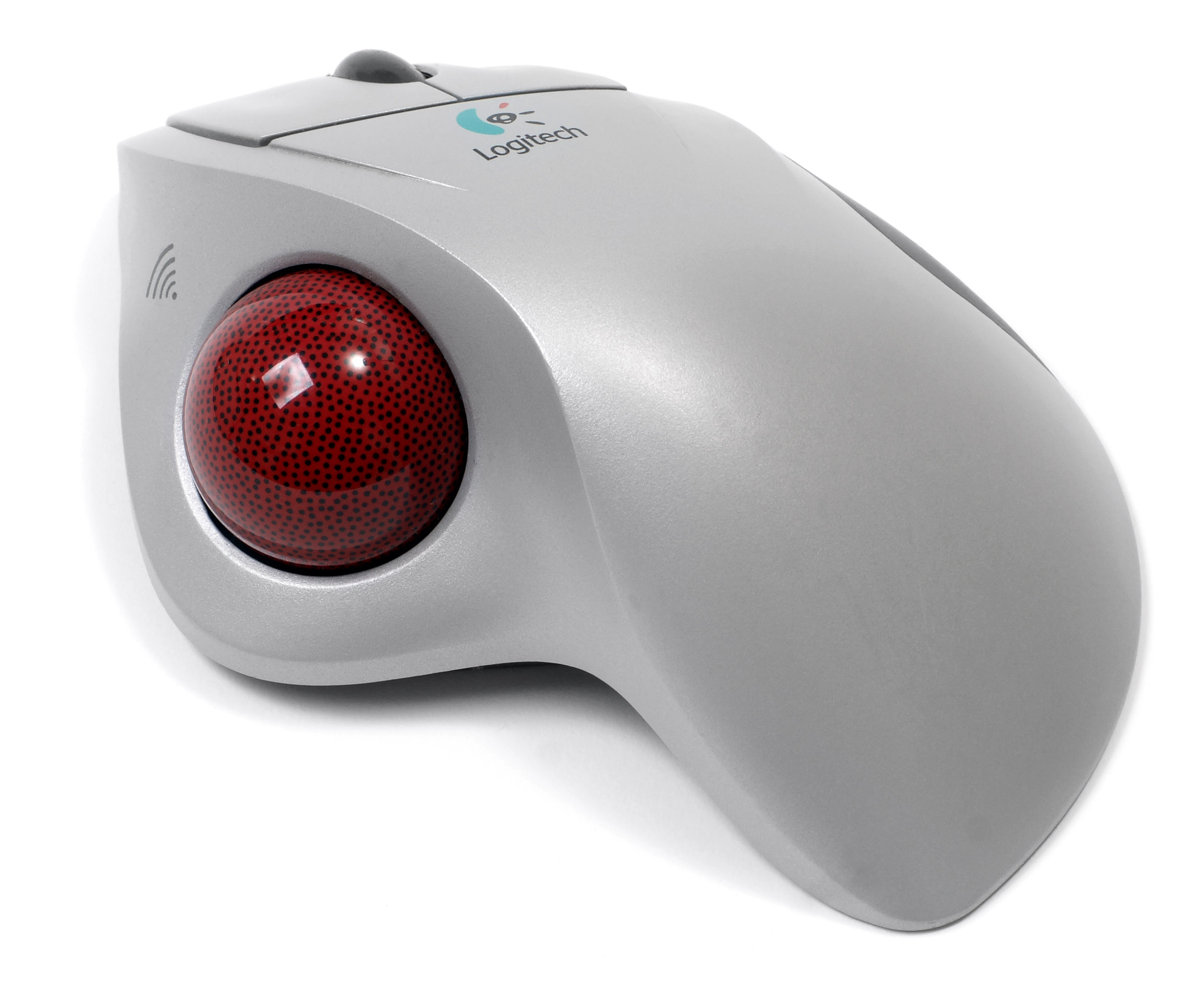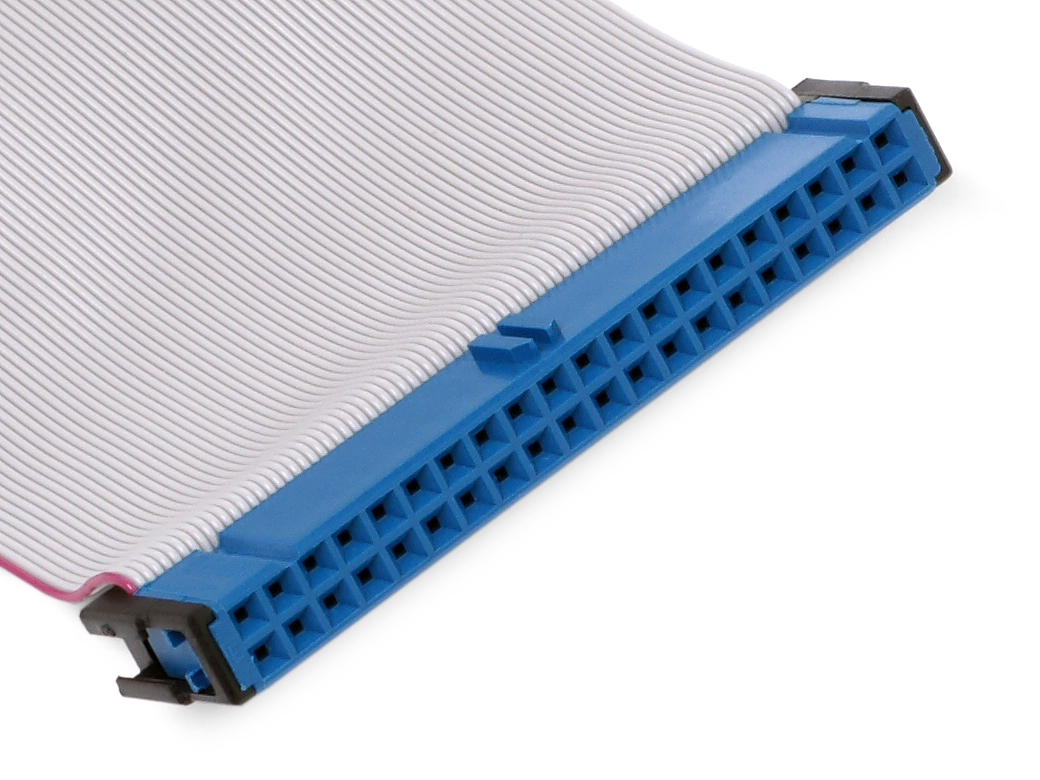|
PowerBook 190
The PowerBook 190 and its companion PowerBook 190cs are laptop computers manufactured by Apple Computer as part of their PowerBook brand, introduced to the market in August 1995. The two models differ only in their screen: the 190 had a 9.5" greyscale display, while the 190cs featured a 10.4" color display. Apple's target sales audience for this model was the college student in need of a no-frills portable computer. In terms of hardware, along with the PowerBook 150, the 190 has much in common with Apple's "professional" laptop of the same period, the PowerBook 5300 series. In exchange for the cheaper price point (approximately US$2,200 compared to over US$6,000 for the cutting-edge PowerBook 5300ce), the 190 was equipped with a passive matrix LCD rather than a crisper active matrix screen. More significantly, while the 5300s ran PowerPC 603e processors at 100 or 117 MHz, the 190 had only a Motorola 68LC040 clocked at 33 MHz - in fact, the 190/cs were the last Macintoshes to us ... [...More Info...] [...Related Items...] OR: [Wikipedia] [Google] [Baidu] |
PowerBook
The PowerBook (known as Macintosh PowerBook before 1997) is a family of Macintosh-type laptop computers designed, manufactured and sold by Apple Computer from 1991 to 2006. It was targeted at the professional market; in 1999, the line was supplemented by the home and education-focused iBook family. During its lifetime, the PowerBook went through several major revisions and redesigns, often being the first to incorporate features that would later become standard in competing laptops. The PowerBook was replaced by the MacBook Pro in 2006 as part of the Mac transition to Intel processors. 680x0-based models PowerBook 100 series In October 1991, Apple released the first three PowerBooks: the low-end PowerBook 100, the more powerful PowerBook 140, and the high end PowerBook 170, the only one with an active matrix display. These machines caused a stir in the industry with their compact dark grey cases, built-in trackball, and the innovative positioning of the keyboard tha ... [...More Info...] [...Related Items...] OR: [Wikipedia] [Google] [Baidu] |
PowerPC 603e
The PowerPC 600 family was the first family of PowerPC processors built. They were designed at the Somerset facility in Austin, Texas, jointly funded and staffed by engineers from IBM and Motorola as a part of the AIM alliance. Somerset was opened in 1992 and its goal was to make the first PowerPC processor and then keep designing general purpose PowerPC processors for personal computers. The first incarnation became the PowerPC 601 in 1993, and the second generation soon followed with the PowerPC 603, PowerPC 604 and the 64-bit PowerPC 620. Nuclear family PowerPC 601 The PowerPC 601 was the first generation of microprocessors to support the basic 32-bit PowerPC instruction set. The design effort started in earnest in mid-1991 and the first prototype chips were available in October 1992. The first 601 processors were introduced in an IBM RS/6000 workstation in October 1993 (alongside its more powerful multichip cousin IBM POWER2 line of processors) and the first Apple Power ... [...More Info...] [...Related Items...] OR: [Wikipedia] [Google] [Baidu] |
The New York Times
''The New York Times'' (''NYT'') is an American daily newspaper based in New York City. ''The New York Times'' covers domestic, national, and international news, and publishes opinion pieces, investigative reports, and reviews. As one of the longest-running newspapers in the United States, the ''Times'' serves as one of the country's Newspaper of record, newspapers of record. , ''The New York Times'' had 9.13 million total and 8.83 million online subscribers, both by significant margins the List of newspapers in the United States, highest numbers for any newspaper in the United States; the total also included 296,330 print subscribers, making the ''Times'' the second-largest newspaper by print circulation in the United States, following ''The Wall Street Journal'', also based in New York City. ''The New York Times'' is published by the New York Times Company; since 1896, the company has been chaired by the Ochs-Sulzberger family, whose current chairman and the paper's publ ... [...More Info...] [...Related Items...] OR: [Wikipedia] [Google] [Baidu] |
PowerBook 1400
The PowerBook 1400 is a notebook computer that was designed and sold by Apple Computer, Inc. (now Apple Inc.) from 1996 to 1998 as part of their PowerBook series of Macintosh computers. Introduced in October 1996 at a starting price of $2,499, it was the first new PowerBook after the controversial PowerBook 5300. After the introduction of the more powerful PowerBook 3400c in February 1997, the 1400 took on the role of Apple's entry level notebook and remained there until its discontinuation in May 1998. Its successor, the PowerBook G3 Series (i.e. - "Wallstreet"/"Mainstreet"), would ultimately go on to replace and consolidate not only the 1400, but the 2400c and 3400c as well. Throughout its 18 months on the market, the PowerBook 1400 was available in a number of different configurations. It was originally released with a 117 MHz PowerPC 603e processor; a 133 MHz processor was added in July 1997, and the line topped out with a 166 MHz processor the followi ... [...More Info...] [...Related Items...] OR: [Wikipedia] [Google] [Baidu] |
Nickel–metal Hydride Battery
A nickel–metal hydride battery (NiMH or Ni–MH) is a type of rechargeable battery. The chemical reaction at the positive electrode is similar to that of the nickel–cadmium cell (NiCd), with both using nickel oxide hydroxide (NiOOH). However, the negative electrodes use a hydrogen-absorbing alloy instead of cadmium. NiMH batteries can have two to three times the capacity of NiCd batteries of the same size, with significantly higher energy density, although only about half that of lithium-ion batteries. They are typically used as a substitute for similarly shaped non-rechargeable alkaline batteries, as they feature a slightly lower but generally compatible cell voltage and are less prone to leaking. History Work on NiMH batteries began at the Battelle-Geneva Research Center following the technology's invention in 1967. It was based on sintered Ti2Ni+TiNi+x alloys and NiOOH electrodes. Development was sponsored over nearly two decades by Daimler-Benz and by Volkswa ... [...More Info...] [...Related Items...] OR: [Wikipedia] [Google] [Baidu] |
Lithium-ion Battery
A lithium-ion or Li-ion battery is a type of rechargeable battery that uses the reversible intercalation of Li+ ions into electronically conducting solids to store energy. Li-ion batteries are characterized by higher specific energy, energy density, and energy efficiency and a longer cycle life and calendar life than other types of rechargeable batteries. Also noteworthy is a dramatic improvement in lithium-ion battery properties after their market introduction in 1991; over the following 30 years, their volumetric energy density increased threefold while their cost dropped tenfold. In late 2024 global demand passed per year, while production capacity was more than twice that. The invention and commercialization of Li-ion batteries has had a large impact on technology, as recognized by the 2019 Nobel Prize in Chemistry. Li-ion batteries have enabled portable consumer electronics, laptop computers, cellular phones, and electric cars. Li-ion batteries also see signifi ... [...More Info...] [...Related Items...] OR: [Wikipedia] [Google] [Baidu] |
PowerBook 500
The PowerBook 500 series (codenamed ''Blackbird'', which it shared with the older Macintosh IIfx) is a range of Apple Macintosh PowerBook portable computers first introduced by Apple Computer with the 540c model on May 16, 1994. It was the first to have stereo speakers, a trackpad, and Ethernet networking built-in. It was the first PowerBook series to use a Motorola 68LC040 CPU (simultaneous with Duo 280) and be upgradeable to the PowerPC architecture via a swap-out CPU daughter card (with the PowerPC and 68040 upgrades for sale), use 9.5-inch displays, 16-bit stereo sound with stereo speakers, have an expansion bay, PC Card capability, two battery bays (and a ten-minute sleep/clock battery, which allowed for main batteries to be swapped out while in sleep mode), full-size keyboard with F1–F12 function keys, be able to sleep while connected to an external monitor and have a battery contact cover included on the actual batteries. It included a single serial port which could ... [...More Info...] [...Related Items...] OR: [Wikipedia] [Google] [Baidu] |
Trackball
A trackball is a pointing device consisting of a ball held by a socket containing sensors to detect a rotation of the ball about two axes—like an upside-down ball mouse (computing), mouse with an exposed protruding ball. Users roll the ball to position the on-screen pointer (computing WIMP), pointer, using their thumb, fingers, or the palm of the hand, while using the fingertips to press the buttons. With most trackballs, operators have to lift their finger, thumb or hand and reposition it on the ball to continue rolling, whereas a mouse would have to be lifted itself and re-positioned. Some trackballs have notably low friction, as well as being made of a dense material such as phenolic resin, so they can be spun to make them coast. The trackball's buttons may be in similar positions to those of a mouse, or configured to suit the user. Large trackballs are common on Computer-aided design, CAD workstations for easy precision. Before the advent of the touchpad, small trackballs ... [...More Info...] [...Related Items...] OR: [Wikipedia] [Google] [Baidu] |
Trackpad
A touchpad or trackpad is a type of pointing device. Its largest component is a tactile sensor: an electronic device with a flat surface, that detects the motion and position of a user's fingers, and translates them to 2D motion, to control a pointer in a graphical user interface on a computer screen. Touchpads are common on laptop computers, contrasted with desktop computers, where mice are more prevalent. Trackpads are sometimes used with desktop setups where desk space is scarce. Wireless touchpads are also available, as detached accessories. Due to the ability of trackpads to be made small, they were additionally used on personal digital assistants (PDAs) and some portable media players. Operation and function Touchpads operate in several ways, including capacitive sensing or resistive touchscreen. The most common technology used in the 2010s senses the change of capacitance where a finger touches the pad. Capacitance-based touchpads will not sense the tip of a pencil o ... [...More Info...] [...Related Items...] OR: [Wikipedia] [Google] [Baidu] |
Integrated Drive Electronics
Parallel ATA (PATA), originally , also known as Integrated Drive Electronics (IDE), is a standard interface designed for IBM PC-compatible computers. It was first developed by Western Digital and Compaq in 1986 for compatible hard drives and CD or DVD drives. The connection is used for storage devices such as hard disk drives, floppy disk drives, optical disc drives, and tape drives in computers. The standard is maintained by the X3/INCITS committee. It uses the underlying (ATA) and Packet Interface ( ATAPI) standards. The Parallel ATA standard is the result of a long history of incremental technical development, which began with the original AT Attachment interface, developed for use in early PC AT equipment. The ATA interface itself evolved in several stages from Western Digital's original Integrated Drive Electronics (IDE) interface. As a result, many near-synonyms for ATA/ATAPI and its previous incarnations are still in common informal use, in particular Extended IDE ( ... [...More Info...] [...Related Items...] OR: [Wikipedia] [Google] [Baidu] |
Active Matrix
Active matrix is a type of addressing scheme used in flat panel displays. It is a method of switching individual elements of a flat panel display, known as pixels. Each pixel is attached to a transistor and capacitor that ''actively'' maintain the pixel state while other pixels are being addressed, in contrast with the older passive matrix technology in which each pixel must maintain its state passively, without being driven by circuitry. Active matrix technology was invented by Bernard J. Lechner at RCA, using MOSFETs (metal–oxide–semiconductor field-effect transistors). Active matrix technology was first demonstrated as a feasible device using thin-film transistors (TFTs) by T. Peter Brody, Fang Chen Luo and their team at the Thin-Film Devices department of Westinghouse Electric Corporation in 1974, and the term was introduced into the literature in 1975. Given an ''m'' × ''n'' matrix, the number of connectors needed to address the display is ''m'' +&nbs ... [...More Info...] [...Related Items...] OR: [Wikipedia] [Google] [Baidu] |
Motorola 68LC040
The Motorola 68040 ("''sixty-eight-oh-forty''") is a 32-bit microprocessor in the Motorola 68000 series, released in 1990. It is the successor to the 68030 and is followed by the 68060, skipping the 68050. In keeping with general Motorola naming, the 68040 is often referred to as simply the '040 (pronounced ''oh-four-oh'' or ''oh-forty''). The 68040 was the first 680x0 family member with an on-chip Floating-Point Unit (FPU). It thus included all of the functionality that previously required external chips, namely the FPU and Memory Management Unit (MMU), which was added in the 68030. It also had split instruction and data caches of 4 kilobytes each. It was fully pipelined, with six stages. Versions of the 68040 were created for specific market segments, including the 68LC040, which removed the FPU, and the 68EC040, which removed both the FPU and MMU. Motorola had intended the EC variant for embedded use, but embedded processors during the 68040's time did not need the ... [...More Info...] [...Related Items...] OR: [Wikipedia] [Google] [Baidu] |





